Technological Advancements
Technological advancements play a pivotal role in shaping the Vapor Recovery Units Market. Innovations in vapor recovery technologies, such as improved efficiency and enhanced recovery rates, are driving market growth. The integration of advanced sensors and automation systems allows for real-time monitoring and optimization of vapor recovery processes, thereby increasing operational efficiency. Furthermore, the development of more compact and modular vapor recovery units is making them more accessible to smaller enterprises, expanding the market reach. According to recent estimates, the adoption of these advanced technologies could lead to a reduction in operational costs by up to 20%, making vapor recovery systems more attractive to a broader range of industries. Consequently, the Vapor Recovery Units Market is poised for significant growth as companies increasingly invest in cutting-edge technologies to enhance their environmental performance.
Increased Focus on Sustainability
An increased focus on sustainability is significantly influencing the Vapor Recovery Units Market. As businesses and consumers alike become more environmentally conscious, there is a growing expectation for companies to adopt sustainable practices. Vapor recovery units are essential in reducing greenhouse gas emissions and improving air quality, aligning with the sustainability goals of many organizations. This trend is particularly evident in industries such as petrochemicals and manufacturing, where the implementation of vapor recovery systems is seen as a proactive measure to enhance corporate social responsibility. Furthermore, the market is likely to benefit from the rising trend of corporate sustainability reporting, which often highlights emissions reduction efforts. As a result, the Vapor Recovery Units Market is expected to expand as more companies recognize the importance of integrating sustainability into their operational strategies.
Rising Demand from Diverse Industries
The Vapor Recovery Units Market is witnessing rising demand from a variety of sectors, including oil and gas, chemical processing, and waste management. As industries strive to minimize emissions and comply with environmental regulations, the need for effective vapor recovery solutions has become paramount. The oil and gas sector, in particular, is a major contributor to market growth, with an increasing number of facilities implementing vapor recovery systems to capture and reuse vapors during production and transportation. Additionally, the chemical processing industry is adopting these units to mitigate the release of harmful substances into the atmosphere. Market analysis indicates that the demand from these sectors is expected to grow at a rate of 5% annually, further solidifying the position of the Vapor Recovery Units Market as a critical component in achieving sustainability goals.
Economic Incentives and Funding Opportunities
Economic incentives and funding opportunities are emerging as key drivers for the Vapor Recovery Units Market. Various governments and financial institutions are offering grants, subsidies, and tax incentives to encourage the adoption of environmentally friendly technologies, including vapor recovery systems. These financial incentives can significantly lower the initial investment costs for companies, making it more feasible for them to implement vapor recovery solutions. Additionally, the availability of funding for research and development in this sector is fostering innovation and the introduction of more efficient systems. Market projections suggest that the presence of such economic incentives could lead to a 15% increase in market penetration over the next few years. Consequently, the Vapor Recovery Units Market stands to benefit from these supportive economic measures, facilitating broader adoption across multiple sectors.
Regulatory Compliance and Environmental Standards
The Vapor Recovery Units Market is experiencing a notable surge due to stringent regulatory compliance and environmental standards. Governments across various regions are implementing laws aimed at reducing emissions and promoting sustainable practices. For instance, regulations concerning volatile organic compounds (VOCs) have necessitated the adoption of vapor recovery systems in industries such as oil and gas, chemical manufacturing, and waste management. This regulatory landscape is expected to drive the market, as companies seek to avoid penalties and enhance their environmental credentials. The market is projected to grow at a compound annual growth rate (CAGR) of approximately 6% over the next five years, reflecting the increasing emphasis on compliance and sustainability. As such, the Vapor Recovery Units Market is likely to witness heightened investment and innovation in response to these evolving standards.
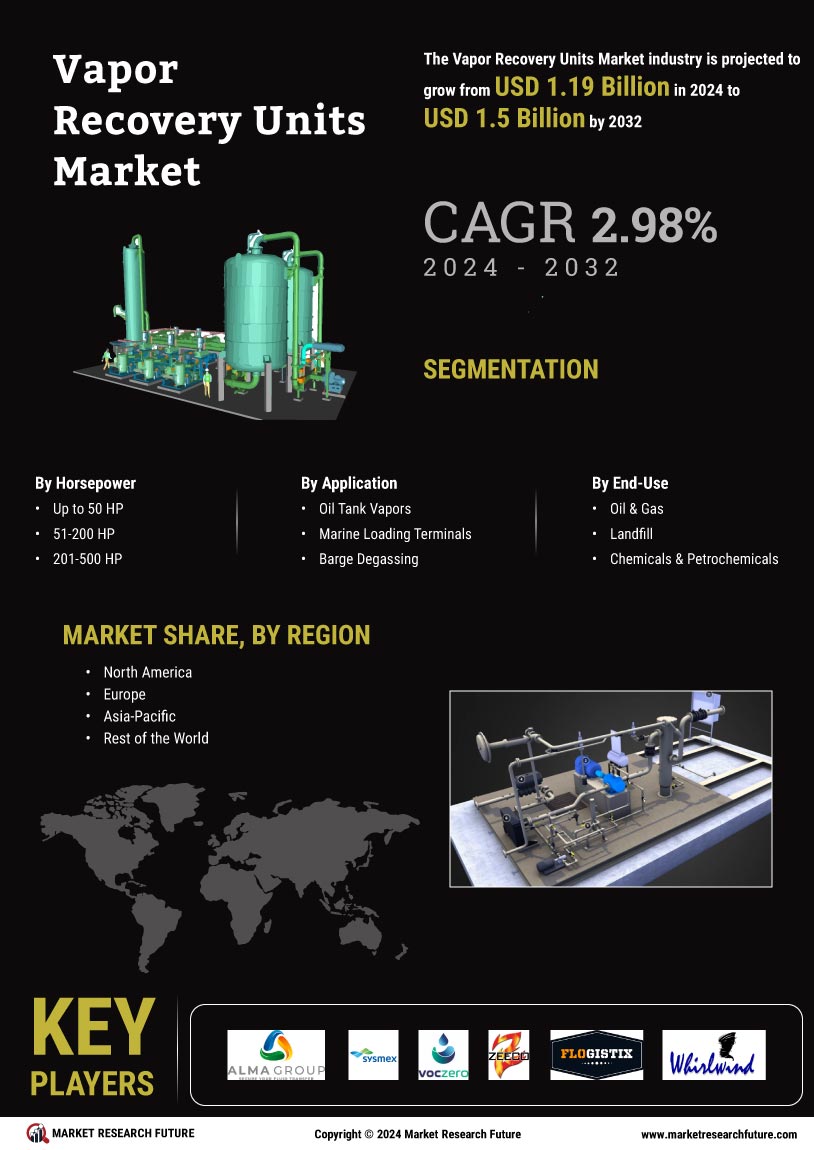

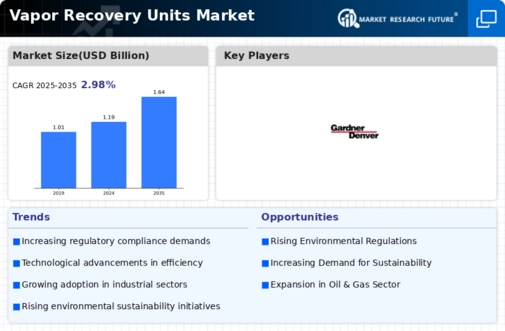
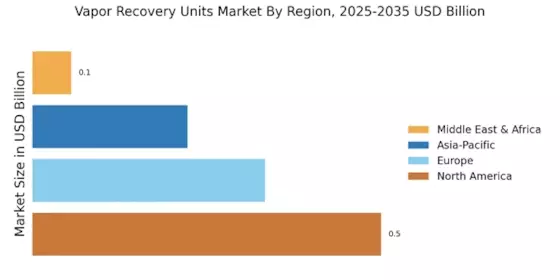
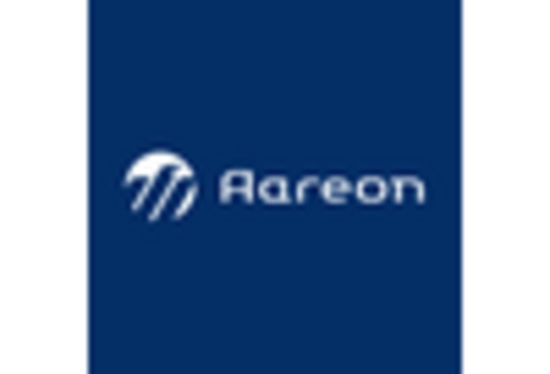
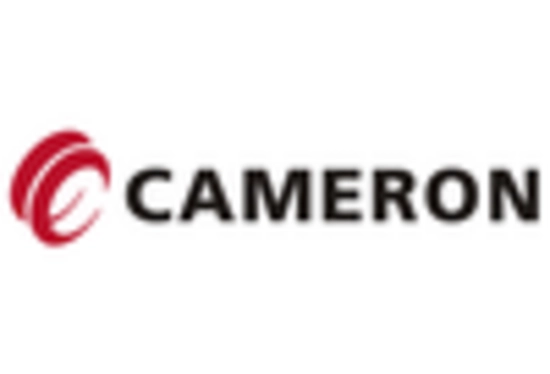
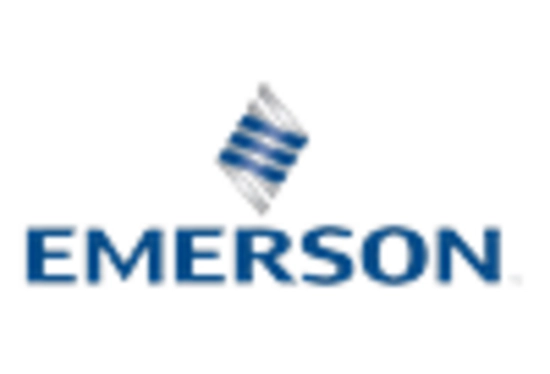
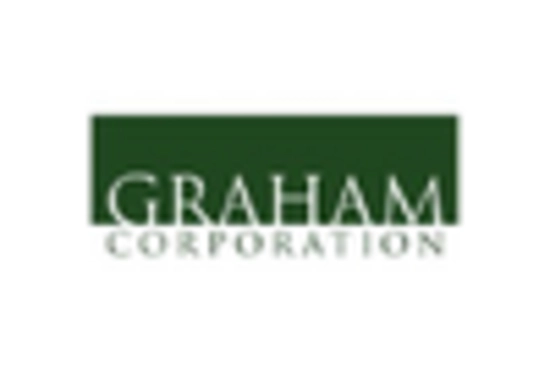
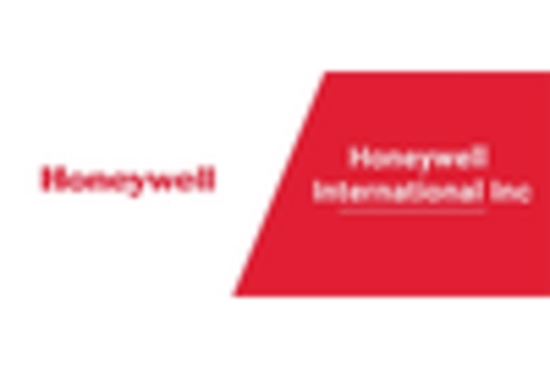
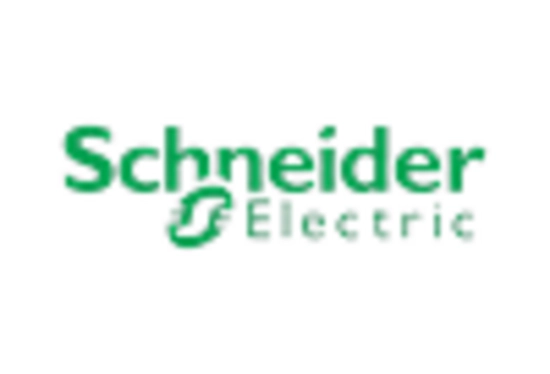








Leave a Comment